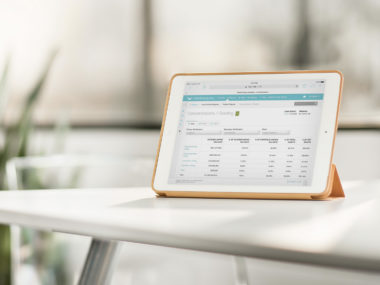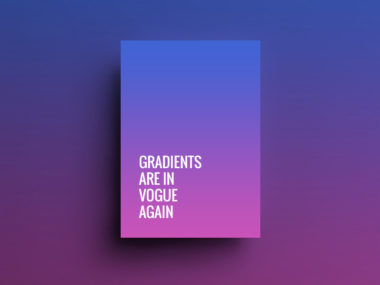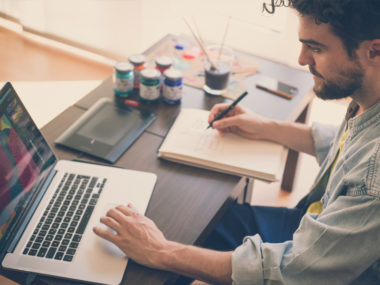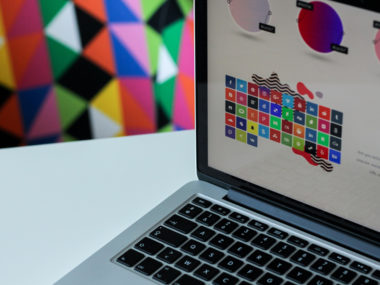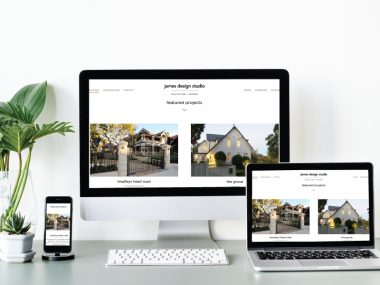Reality check! Website which was once a star, can fade out quickly with technologically dead and buried UX.
Like trends in fashion, trends in web designing keeps on evolving. Some continue to steal the limelight while some make a fresh splash, the UX design trends, actually depend a lot on the market pattern and current user behaviour.
The out-of-this-world technological enhancements emerging at breakneck speeds have pushed the designers to think out-of-the-box and crop up with usable designs for the tech addicts. Cakewalk process has the ability to bring in more customers, this is kind of UX science.
So with regard to look, feel and usability, here are the astonishing trends in UX design to woo the tech-savvies:
Voice-first design:
It’s predicted that 30% of the searches will be hands-free by 2030.
Designing is now more beyond pixels. Designers are all set to embrace the voice-first era. The surge of voice-based interaction offering personal experience is appealing to all ages and that is why the bigger-shift is being considerably adopted in web and mobile UX design. Whether it is Alexa, Siri or Google home, voice interaction is used almost daily for getting information or manage routine tasks.
UX designers are injecting voice in apps and websites for enhancing customer experience. Designing voice first is not that complicated but to build an improved experience, understanding customer behaviour plays a very important role.
Design for the round-edged frameless mobiles:
Borders have vanished from most of the latest line up of smartphones.
The end-to-end full-screen display demands frameless design. Images, videos and every other visual content has to be richer and high quality. Obviously pixelated images will shatter the complete experience. Functional aspect should also be paid full attention.
Virtual reality:
Virtual reality now has gone mainstream and is not going anywhere this soon.
With an intention to enhance interaction, especially in the healthcare and education sector, Virtual reality can turn the tables. It’s an ultimate addition to redefine user experience. The UX professionals have to keep in mind the spatial layout and collaborate with 3D architect. VR design should evoke emotions and actions then only a mesmerising result can be expected.
Augmented reality:
Visual imagination is transformed into a realistic impression with augmented reality
Web designers have now brought augmented reality into action to elevate the web and mobile experience of the users. Industries like fashion, interior, eyewear are making use of this impressive technology and offering augmented reality to potential consumers. The interactive experience can surely drive more user engagement.
Biometric authentication:
The traditional registration or user details form will soon be bygone.
The upswing in biometrics can completely revolutionise the process of user login and registration. Voice recognition, facial recognition, fingerprints, iris can be effectively used for authentication and identification purpose.
UX designers should go for this innovative technological enhancement and make the process easy and secured for both users and businesses. It’s already in use and is expected to witness a drastic rise in 2019.
Asymmetrical grids:
Imperfection is the new perfection in context to visual design.
Yes, break the perfection by breaking the grids as it’s more attention-grabbing. Symmetry is safe but asymmetry is challenging with potential rewards. The fresh and distinct patterns can add emphasis to a particular element and lead to more engaging designs.
Along with aesthetics, today user experience is more about incorporating the cutting-edge emerging technologies and cater the tech-savvy user needs. So if you wish to take over the world of web, embrace challenges and futuristic approach to deliver a whole new and interactive experience to the users


